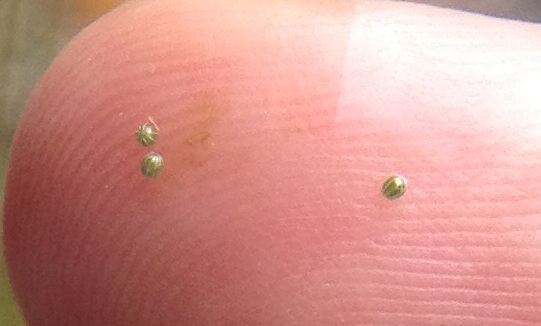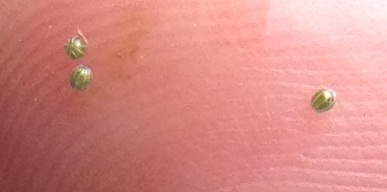mgm1986
Member
Hi folks,
Hoping someone can help me identify these little egg looking things I found on my hop plant. As you may be able to see in the pic with the guts on my finger, I can squish these things with a little effort.
https://plus.google.com/photos/105734116918204092538/albums/5738771162842287953
Hopefully the link works, I also tried to attach to the thread, not sure if the resolution will be okay though.
Thanks for any info you may have and suggestions on how to treat.
Cheers,
Joel


Hoping someone can help me identify these little egg looking things I found on my hop plant. As you may be able to see in the pic with the guts on my finger, I can squish these things with a little effort.
https://plus.google.com/photos/105734116918204092538/albums/5738771162842287953
Hopefully the link works, I also tried to attach to the thread, not sure if the resolution will be okay though.
Thanks for any info you may have and suggestions on how to treat.
Cheers,
Joel






















![Craft A Brew - Safale BE-256 Yeast - Fermentis - Belgian Ale Dry Yeast - For Belgian & Strong Ales - Ingredients for Home Brewing - Beer Making Supplies - [3 Pack]](https://m.media-amazon.com/images/I/51bcKEwQmWL._SL500_.jpg)




































